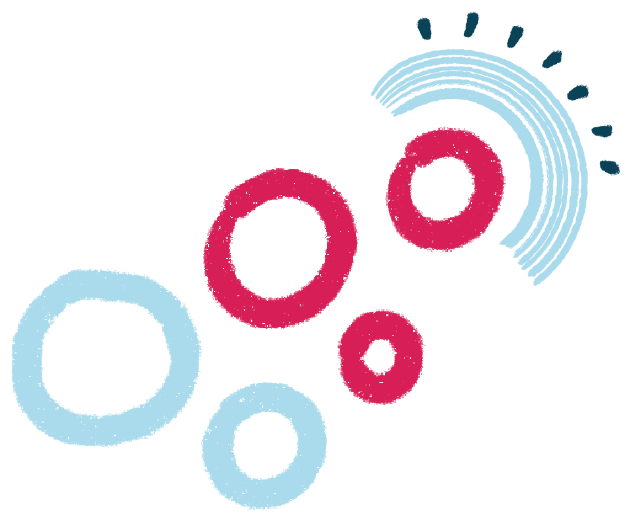Transcreation takes the translation process a step further. Oftentimes a direct translation simply doesn’t do the trick. With transcreation the translator takes extra steps to ensure the nuance of the language translation is clear. Humor, culture, and literary devices are examples of when transcreation can do the job much better than a simple translation. As the name implies, transcreation is a creative process and is a process that can’t be rushed.
Let’s take a closer look at what the transcreation process looks like.
Before

To start the transcreation process, the transcreator analyzes the client request and makes sure they understand the scope and requirements of the project thoroughly. They will analyze the transcreation brief to understand the content that needs transcreation and if there isn’t a creative brief, they will try to gather all the information necessary that would normally be in one. They will also do preliminary research on things such as the industry, product, and client.
The transcreator should not take anything for granted. If there’s something that is not clear in a transcreation brief or because of a lack of one, they should ask the client for clarification.
During

Once they are confident they have all of the information and context they need, the transcreator will read the source copy again and again. At this point they will identify which are the challenges ahead. For example, does the content have a rhyme in it? Does it use wordplay? Is there an image tied to the text?
Once the challenges are identified, the transcreator will start brainstorming potential ways to overcome them. They will produce several drafts and play around with different ideas. All ideas are okay to float at the beginning and shouldn’t be discarded without taking the time to think them through.
They will continue doing research, looking for inspiration, editing, and polishing what they have, and then they will come up with new options for the copy. At times, they will have to stop, let it sink in and come back to it later with a fresh mind.
Oftentimes, the transcreator will read the copy out loud to test the effect it has. The goal is to catch the consumer’s attention and captivate them. By the end of this process, the transcreator will have two or three good options he or she feels confident about, but the ultimate choice will be the client’s.
After

Once the transcreator comes up with a few options that would achieve the intended goal in the target language, they will have to submit their work to the client for approval. This is generally done through a sheet where the transcreator presents the different options in the target language, provides a back translation for each option so that the client understands what is actually being said in the target language, provides an explanation for each option, and states why they work for the target market. If the transcreator prefers one option over the others, they can express this as well as the reason why they chose that specific option so the client can understand their thought process.
The Takeaway
Transcreation is a complex process that takes time to get right. Giving a transcreator a long enough timeline to do ample research and to not rush the creative process is key. It’s always best to leave a little wiggle room to overcome challenges and to work together to fine tune the final copy.









